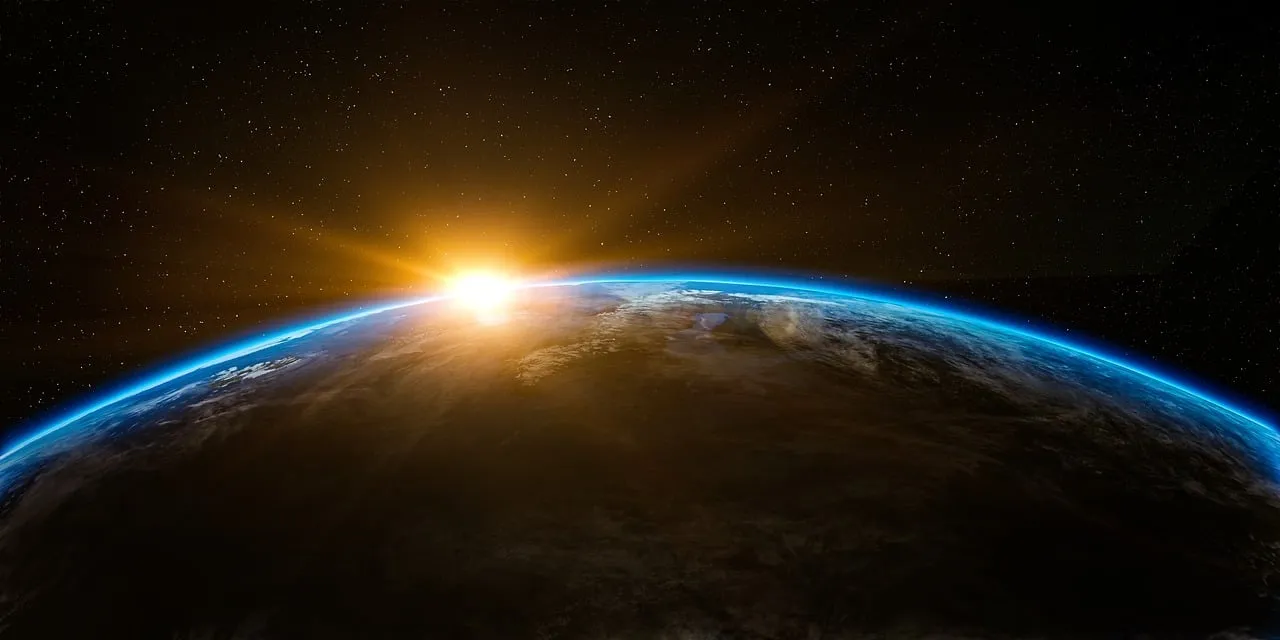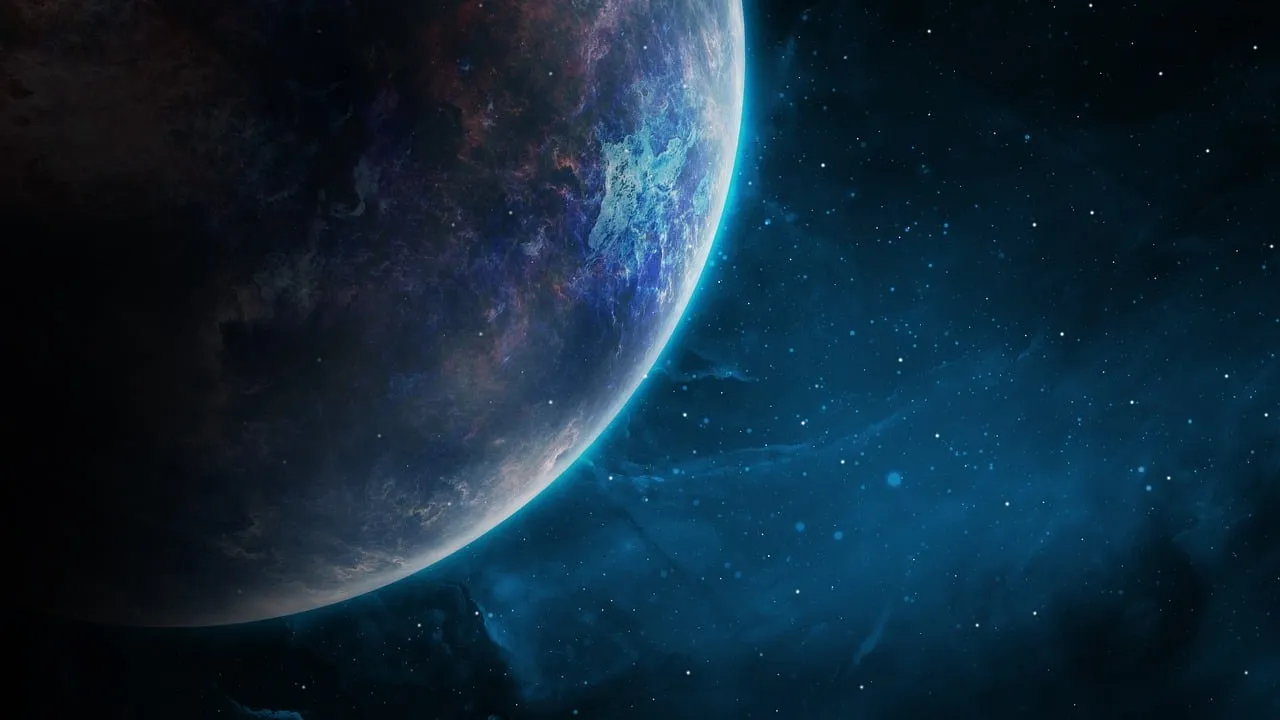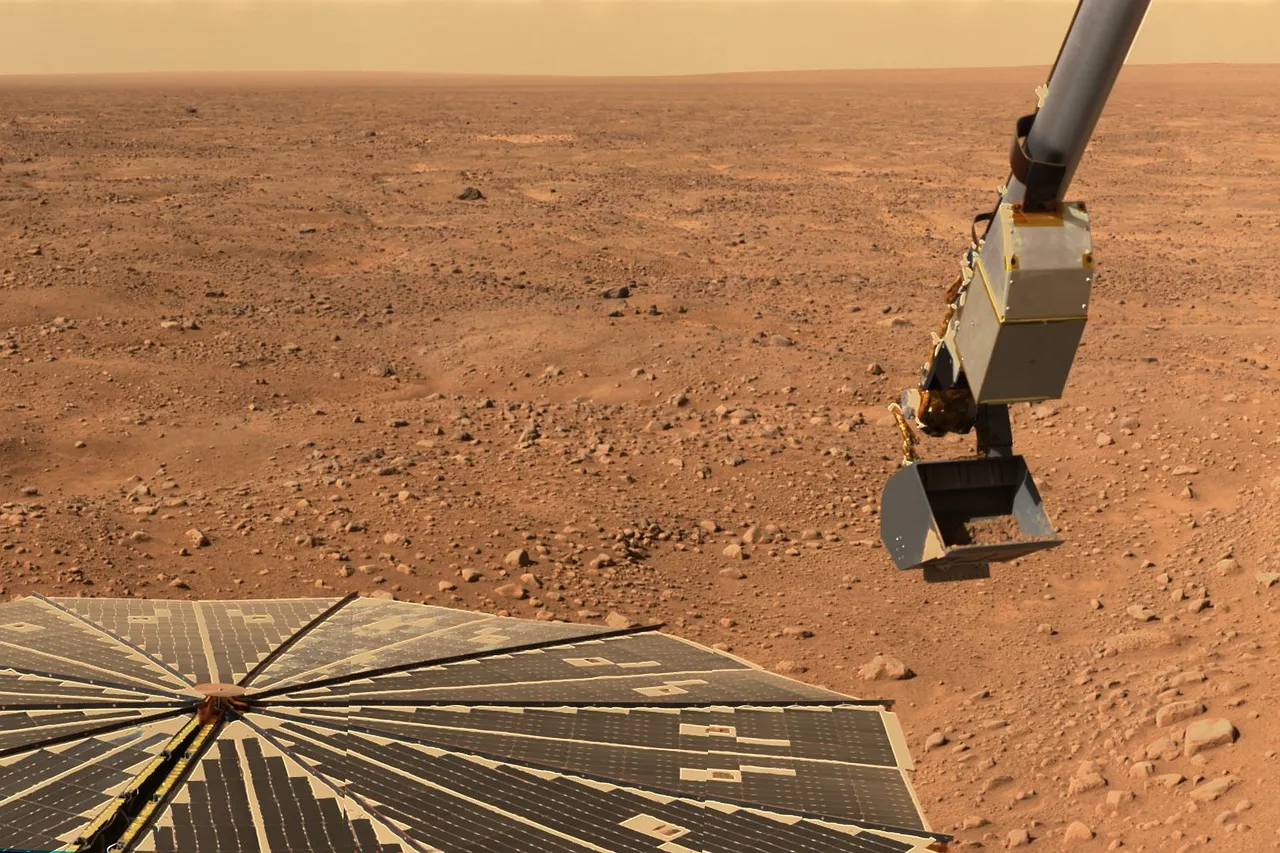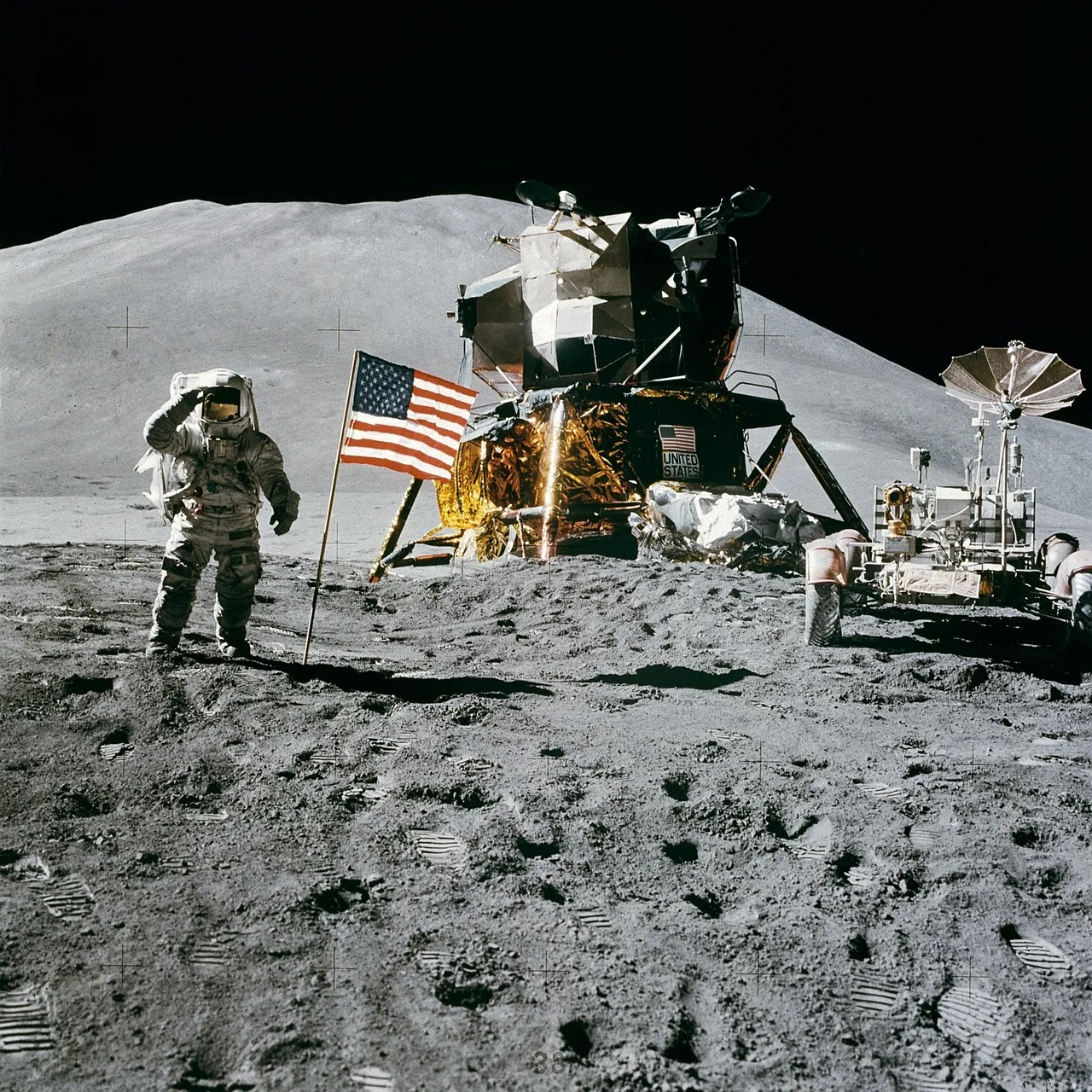The thrill of space tourism, once confined to science fiction, is now on the brink of a remarkable transformation with the advent of Space Tourism 2.0. As humanity inches closer to making commercial space travel a reality, the landscape of this industry is evolving rapidly. In this exploration, we delve into the current state of space tourism, highlighting the achievements of suborbital flights and private space travel companies. Moreover, we’ll peer into the near future, examining the ambitious plans of companies like SpaceX and the tantalizing prospect of lunar tourism. As we venture further, we’ll unravel the role of artificial intelligence in enhancing the space tourism experience and confront the challenges and ethical considerations that come with the privatization of outer space. Finally, we’ll cast our gaze beyond the confines of our solar system, exploring the visionary dreams of Mars tourism and the tantalizing concept of interstellar travel.

The Current Landscape of Space Tourism
Suborbital Flights: A Prelude to the Stars
The emergence of suborbital flights stands as a monumental milestone in the journey toward making space tourism a reality. Companies like Blue Origin and Virgin Galactic have spearheaded this endeavor, providing civilians with a unique opportunity to breach the Earth’s atmosphere and experience moments of weightlessness, all within the confines of a brief yet exhilarating journey.
Blue Origin: Jeff Bezos’ Vision in Action
Blue Origin, founded by Jeff Bezos, has been at the forefront of suborbital space tourism. The company’s New Shepard spacecraft, named after the first American in space, Alan Shepard, has undergone multiple successful test flights, paving the way for commercial operations.
The New Shepard spacecraft comprises a rocket and a crew capsule. The rocket propels the capsule to the edge of space, after which both components return separately to Earth. Notably, the capsule is equipped with large windows, offering passengers panoramic views of the curvature of the Earth and the vastness of space.
Virgin Galactic: Sir Richard Branson’s High-Flying Dream
Virgin Galactic, under the leadership of Sir Richard Branson, has embarked on a parallel journey in the realm of suborbital space tourism. The company’s SpaceShipTwo, a rocket-powered spaceplane, has undergone rigorous testing and has successfully carried out several crewed missions.
Unlike traditional rocket launches, Virgin Galactic’s approach involves a carrier aircraft, named WhiteKnightTwo, which carries the SpaceShipTwo to a high altitude before releasing it. Subsequently, the SpaceShipTwo ignites its rocket motor, propelling itself and its passengers to the edge of space.
The Passenger Experience: Weightlessness and Earth’s Edge
Suborbital flights offer more than just a ride to space; they provide participants with a taste of weightlessness, akin to what astronauts experience in orbit. During the brief period of microgravity, passengers can unstrap from their seats, float within the cabin, and revel in the extraordinary sensation of being in space.
Moreover, the hallmark of suborbital flights is the unparalleled view of Earth from the edge of space. Large, strategically placed windows on both Blue Origin’s New Shepard and Virgin Galactic’s SpaceShipTwo offer passengers an awe-inspiring panorama of our planet against the backdrop of the cosmos. The curvature of the Earth and the thin line of the atmosphere serve as powerful reminders of the fragility and beauty of our home planet.
Accessibility Beyond Astronauts

Perhaps the most revolutionary aspect of suborbital flights is their democratization of space travel. Historically, space exploration has been the exclusive domain of professional astronauts and government space agencies. However, the advent of suborbital space tourism introduces a paradigm shift, opening the celestial realm to civilians and enthusiasts who harbor a passion for space exploration.
The accessibility of suborbital flights marks the inception of commercial space travel, providing an avenue for those outside the astronaut corps to fulfill their dream of venturing beyond Earth’s atmosphere. This shift not only expands the scope of space exploration but also fosters a broader interest in science, technology, and the wonders of the cosmos among the general public.
The Future Potential
As suborbital flights become more routine, companies are exploring ways to enhance the experience. This includes incorporating educational components, allowing passengers to conduct experiments in microgravity, and even envisioning suborbital spaceflights as a platform for point-to-point travel on Earth.
The Rise of Private Space Travel Companies
While suborbital flights offer a glimpse into space, private space travel companies like SpaceX have set their sights higher – on orbital journeys. SpaceX, founded by Elon Musk, has achieved significant milestones with the Crew Dragon spacecraft. Not only has SpaceX become a reliable partner for NASA, transporting astronauts to the International Space Station (ISS), but the company is also gearing up to offer private individuals the chance to orbit the Earth.
SpaceX’s Crew Dragon missions, including Inspiration4, have demonstrated the feasibility of sending civilians on extended orbital flights. This signals a shift towards more ambitious and prolonged space tourism experiences.
The Next Frontier: Orbital and Lunar Tourism
SpaceX’s Ambitious Plans
At the forefront of commercial space travel, SpaceX is not only pushing the boundaries of orbital tourism but also redefining the technology that enables it. The Starship project, spearheaded by Elon Musk, aims to create a fully reusable spacecraft capable of carrying both crew and cargo to destinations beyond Earth’s orbit.
The Starship’s potential for carrying large numbers of passengers and its ability to refuel in space could significantly reduce the cost of space travel. However, challenges related to the vehicle’s size, complexity, and regulatory approval loom on the horizon.
Lunar Vacations: A Reality in the Making
Beyond Earth’s orbit, the Moon beckons as the next destination for space tourists. Collaborations between space agencies and private companies have paved the way for lunar tourism. NASA’s Artemis program, with its goal of returning humans to the Moon, has sparked interest from commercial entities looking to offer lunar voyages to civilians.
As the Artemis program progresses, lunar tourism may become a reality within the next decade. The Moon, with its unique landscape and historical significance, presents an enticing destination for those seeking an otherworldly adventure.
The Role of Artificial Intelligence in Enhancing the Space Tourism Experience
Smart Spaceships: The Fusion of AI and Spacecraft
As space tourism advances, the integration of artificial intelligence (AI) is becoming increasingly crucial. AI plays a pivotal role in ensuring the safety, efficiency, and comfort of space travelers. From autonomous navigation to real-time monitoring of spacecraft systems, AI is instrumental in optimizing the overall space tourism experience.
AI algorithms can analyze vast amounts of data to predict and prevent potential issues during space travel. This not only enhances the safety of the journey but also contributes to the efficiency of space missions, ensuring a smooth and enjoyable experience for passengers.
Neuralink’s Influence: Merging Minds with Machines
Elon Musk’s Neuralink, primarily known for its work on brain-machine interfaces, introduces a fascinating dimension to the future of space tourism. While still in its early stages, the concept of merging human minds with spacecraft systems opens the door to unprecedented levels of interaction and control.
Neuralink’s technology could potentially allow space tourists to communicate with spacecraft systems using their thoughts, creating a more immersive and responsive experience. However, ethical considerations and the long-term effects on the human brain raise important questions that warrant careful exploration.
Challenges and Ethical Considerations
Environmental Impact of Space Tourism
While the excitement around space tourism grows, concerns about its environmental impact are also on the rise. The carbon footprint of space travel, particularly the emissions from rocket launches, has raised questions about the sustainability of the industry.
The development of greener propulsion technologies, such as reusable rockets and advancements in biofuels, is crucial to mitigating the environmental impact of space tourism. Striking a balance between exploration and environmental responsibility will be paramount as the industry continues to expand.
Ethical Considerations: Privatization of Outer Space
The privatization of space exploration brings forth ethical considerations related to resource allocation, regulation, and accountability. With private entities taking a leading role in space missions, questions arise about equitable access to outer space, the responsible use of celestial resources, and the establishment of ethical guidelines.
International collaboration and the development of a regulatory framework that addresses the ethical dimensions of space exploration are essential to ensure that the benefits of space tourism are shared responsibly and sustainably.
Future Possibilities: Mars Tourism and Beyond

Elon Musk, the visionary entrepreneur behind SpaceX, has set his sights on a cosmic horizon that extends far beyond the confines of Earth. His ambitious vision involves nothing less than the colonization of Mars, a dream that has captivated the imaginations of space enthusiasts and forward-thinking individuals worldwide. While the prospect of Mars colonization remains a long-term goal, Musk has introduced the tantalizing concept of Martian tourism, offering a glimpse into the extraordinary possibilities that lie within our reach.
The Ambitious Goals of SpaceX
SpaceX, under Musk’s leadership, has been a trailblazer in the field of space exploration. The company’s achievements, from the development of the Falcon and Starship rockets to the successful launch of the Crew Dragon spacecraft, have demonstrated a commitment to pushing the boundaries of what is possible in space travel.
Musk’s vision for Mars goes beyond mere exploration; it encompasses the establishment of a sustainable human presence on the red planet. This bold ambition has been outlined in various iterations of the SpaceX Interplanetary Transport System, later renamed the Starship project.
The Mars Colonization Blueprint
Musk envisions a future where humans become a multiplanetary species, with Mars serving as a viable option for habitation. The blueprint for Mars colonization involves the use of fully reusable spacecraft, primarily the Starship, which is designed to transport large numbers of passengers and cargo to and from the Martian surface.
The journey to Mars is no small feat, and Musk acknowledges the immense challenges involved. However, his pragmatic approach involves incremental advancements in technology, the reduction of launch costs, and the creation of infrastructure that can support sustained human presence on Mars.
Martian Tourism: A Prelude to Permanent Settlements
While the colonization of Mars remains a long-term objective, Musk has introduced the concept of Martian tourism as a precursor to more extensive settlement efforts. The idea is to allow individuals the opportunity to experience the unique environment of Mars, albeit temporarily, before considering the monumental leap toward establishing permanent human habitats.
Challenges of Mars Tourism
The challenges inherent in the concept of Martian tourism are formidable and multifaceted. The harsh Martian environment, characterized by extreme temperatures, thin atmosphere, and radiation exposure, poses significant hurdles to overcome. Life support systems must be advanced enough to sustain human life during the journey and the stay on Mars, where resources are scarce.
Developing sustainable infrastructure on Mars is another critical aspect. This includes the construction of habitats that can withstand the planet’s conditions, as well as the establishment of facilities for resource extraction, energy production, and waste management.
Unparalleled Adventure for Future Space Tourists
Despite the immense challenges, the idea of standing on the surface of another planet represents an unparalleled adventure for future space tourists. The allure of witnessing Martian sunsets, exploring the red planet’s unique landscapes, and experiencing the profound sense of being on an alien world is a prospect that could attract adventurers from around the globe.
The potential for scientific discovery and exploration also adds to the appeal of Martian tourism. Participants could engage in experiments, contribute to research projects, and become pioneers in the human exploration of the cosmos.
The Long-Term Impact on Human Civilization
Beyond the adventure and scientific opportunities, Musk’s vision for Mars tourism holds profound implications for the future of human civilization. By expanding our presence to another planet, humanity could ensure the long-term survival of our species. The lessons learned from Mars exploration and colonization could also be applied to address challenges on Earth, fostering innovation and collaboration on a global scale.
Beyond Our Solar System: The Quest for Interstellar Travel
As technology advances, the dream of interstellar travel is no longer confined to the realms of science fiction. Breakthrough propulsion concepts, such as the theoretical Alcubierre warp drive, open up the possibility of traveling between star systems within a human lifetime.
Interstellar travel poses unprecedented challenges, including the vast distances between stars and the need for advanced life support systems. While the practicality of interstellar tourism is still far from realization, the mere consideration of such journeys ignites the human spirit of exploration and curiosity.
Conclusion
Space Tourism 2.0 represents a monumental leap in humanity’s quest to explore the cosmos. The evolution from suborbital flights to orbital and lunar tourism, coupled with the integration of artificial intelligence, presents a thrilling trajectory for the future. As we navigate the challenges and ethical considerations associated with privatizing outer space, responsible stewardship becomes paramount.
The ambitious aspirations for Mars tourism and interstellar travel, although currently positioned at the edges of feasibility, emphasize the limitless potential inherent in human exploration. Space tourism transcends the mere act of reaching for the stars; it embodies a spirit of embracing the unknown, expanding our horizons, and nurturing a sense of wonder that extends far beyond the confines of our familiar home planet.
As we find ourselves at the juncture of scientific innovation and human ambition, Space Tourism 2.0 beckons us to reconsider our role in the universe. It encourages us to embark on a transformative journey that defies the limitations of our celestial abode. The stars, once perceived as distant and unattainable, are now accessible to those driven by a profound sense of adventure and a readiness to partake in the ultimate voyage – a journey that extends beyond the boundaries of our planet and into the vast expanse of the cosmos.
#SpaceTourism #FutureTravel
